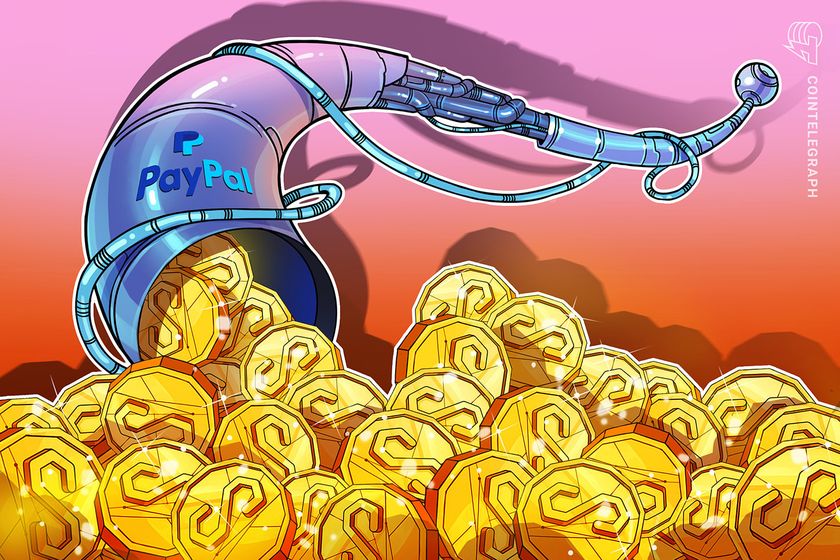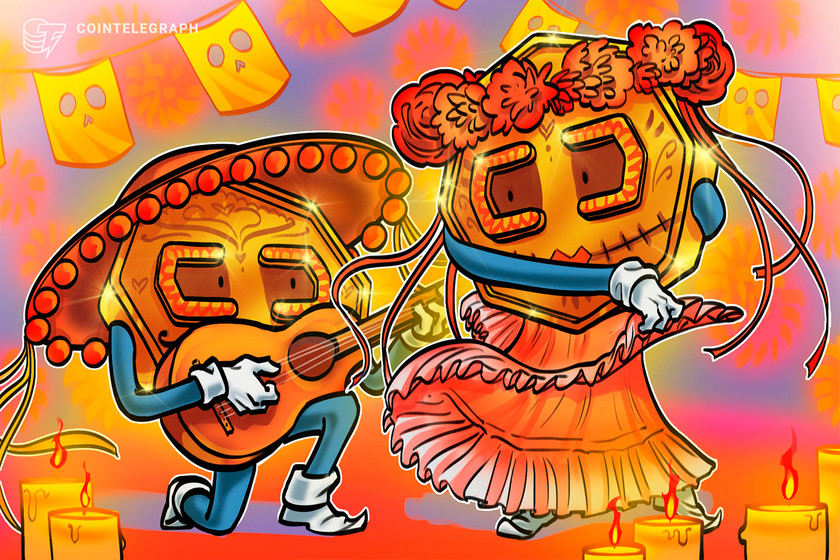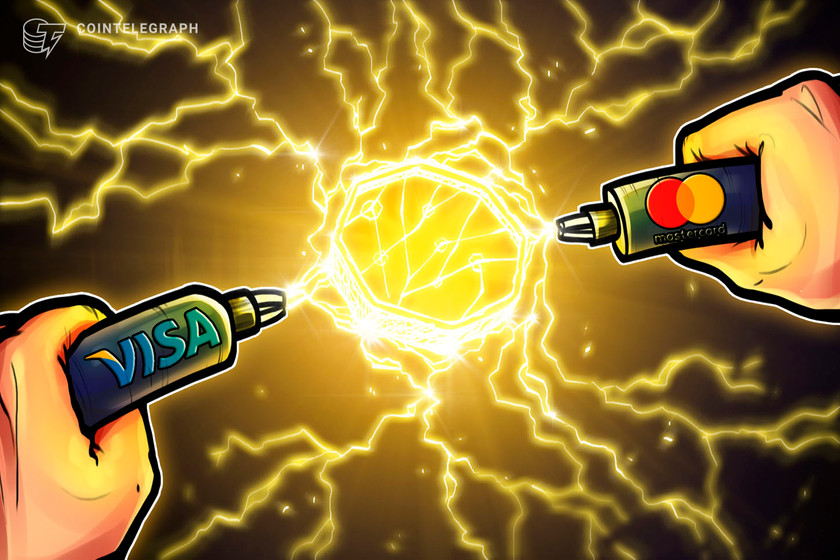Crypto payments: PayPal’s stablecoin ripple effect on markets


Earlier this year, PayPal released its own stablecoin. What effect has it had on crypto adoption?
PayPal’s introduction of its native stablecoin, PayPal USD (PYUSD), has sparked heated debates within the crypto industry regarding its possible sway on payments and wider crypto adoption.
While this step seems to be a big jump toward accepting cryptocurrencies in regular finance, some industry observers advise caution.
What is PYUSD?
This initiative aims to bridge the fiat and digital currency realms for consumers, merchants and developers. PayPal CEO Dan Schulman highlighted the need for a stable digital-fiat conduit.
“The shift toward digital currencies requires a stable instrument that is both digitally native and easily connected to fiat currency like the U.S. Our commitment to responsible innovation and compliance, and our track record delivering new experiences to our customers, provides the foundation necessary to contribute to the growth of digital payments through PayPal USD.”












